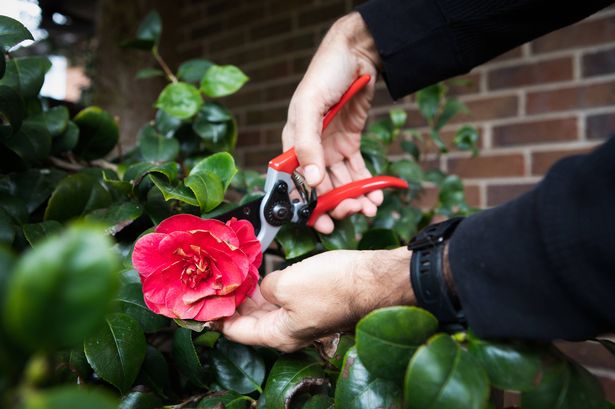Deadheading spent flowers can help your plants produce beautiful blooms for longer. But according to one gardening expert, a big mistake people make can actually be worse for their gardens. Deadheading incorrectly could damage your plants (stock photo)(Image: Photographer, Basak Gurbuz Derman via Getty Images)
Deadheading incorrectly could damage your plants (stock photo)(Image: Photographer, Basak Gurbuz Derman via Getty Images)
Deadheading spent blooms is a well-known gardening technique for extending plant flowering periods. However, a gardening expert has highlighted a common error that could harm your garden’s health.
Deadheading involves removing wilting and dying flowers from a plant. This process encourages further growth by preventing the plant from going to seed, thinking the growing season has ended. The Royal Horticultural Society (RHS) advises that deadheading should be a regular practice throughout all seasons, with flowers being removed as soon as they begin to fade – but you could be making one big mistake with how you do it.
A gardener named Adam Kirtland, who frequently offers advice on social media, has pointed out a widespread mistake made during deadheading that could harm plants.
Adam noted in a TikTok video that many gardeners tend to deadhead their bedding plants by simply pulling out the flower with their fingers, which often leaves the seed behind, inhibiting new bloom growth.
He advised: “You need to make sure you’re deadheading properly. Taking petunias as an example, it’s really obvious when you need to remove these faded blooms. More often than not, what you see is people pulling off the flowers.
Content cannot be displayed without consent
“The problem with doing that is that the plant will then just go into seed production rather than producing more flowers. Most people will incorrectly just pull these dried flower heads off, which leaves the seed pod here, which forms seeds rather than more flowers on the plant.”
To ensure your bedding plants like petunias continue to bloom, it’s essential to deadhead correctly by tracing the flower back past the seed pod and snipping at the stem. This can be done with scissors or by pinching with your fingers.
Adam emphasised: “It might seem really simple, but this is the best way of getting the most value from your bedding plants.”
How to deadhead your plants
1. Identify Spent Flowers:
Look for flowers that are wilted, brown, or losing petals. You want to remove these.
2. Use the Right Tools:
For most flowers, you can use your fingers to pinch off the dead blooms.For tougher stems or larger plants, use clean, sharp scissors or pruning shears.
3. Cut or Pinch Correctly:
For most annuals and perennials: Cut or pinch just above the first set of healthy leaves or a new bud below the spent flower. This encourages new growth and more blooms.For plants with flower stalks (like daylilies or irises): Cut the entire stalk down to the base once all the blooms on the stalk are finished.For roses: Cut just above a set of five leaves to encourage bushier growth.
4. Dispose of Debris:
Remove the dead flowers and any fallen petals from around the base of the plant to prevent disease.
5. Repeat Regularly:
Check your plants every few days during the blooming season and deadhead as needed.

